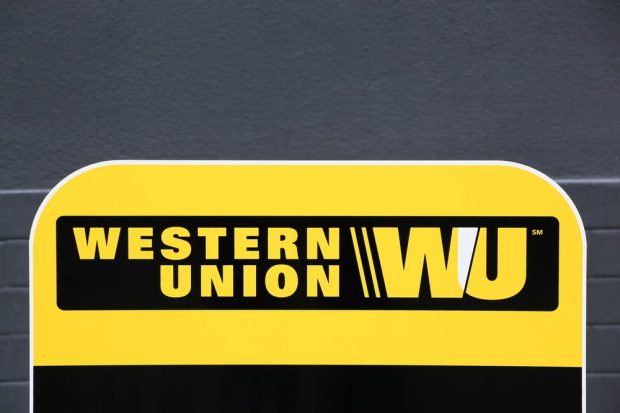Western Union and Regions Bank Extend Global Money Transfer Partnership

Western Union has decided to continue its 12-year-old partnership with Regions Bank.
The two companies announced a five-year extension to their agreement Wednesday (Feb. 22), allowing consumers to use Western Union’s money transfer and bill pay services to send or receive funds at any of Region’s locations.
Since starting the partnership in 2011, consumers have sent and received more than $1 billion, Western Union said in a news release.
“In moving money, we are creating opportunity and growth for individuals, businesses, communities and whole economies by bridging gaps within the financial services sector,” said Gabriella Fitzgerald, president, Western Union North America.
The news comes two weeks after Western Union told its investors it expects remittance volumes to remain resilient this year and grow in line with a macro backdrop that it anticipates will look much like last year’s.
“Remittance volume tends to track global GDP growth,” Western Union’s President and Chief Executive Officer Devin McGranahan said to investors, adding that global money flows would likely increase around 2% in the new year, according to projections from the World Bank.
To capitalize on this transaction flow growth and recapture what the company sees as zero-sum market share stolen by competitors, Western Union said it is working to revitalize its core digital remittance services and expand on seamless, seamless, omnichannel digital experience for its worldwide customer base.
Based in Alabama, Regions has 1,250 branches in 15 states including Texas, the Midwest and the South East.
PYMNTS spoke last year with Tim Mills, the bank’s senior vice president of emerging payments strategy, about the importance of providing speed, security and transparency when sending money out.
In an era when consumers can get information at their fingertips around the clock, they are no longer willing to accept the waits associated with the days when brick-and-mortar banking was their only option.
“We have a robust library of alerts and notifications that provide our customers with [the] status on payments they make,” Mills said, along with regular updates and notifications from third-party vendors and networks.
“We talk about, in this day and age, conversational payments, and that’s really what we’re talking about, the ability for the status of a payment to be communicated back to the payor or the customer and for the customer to have a very clear understanding of what’s taking place with that transaction,” he said.
